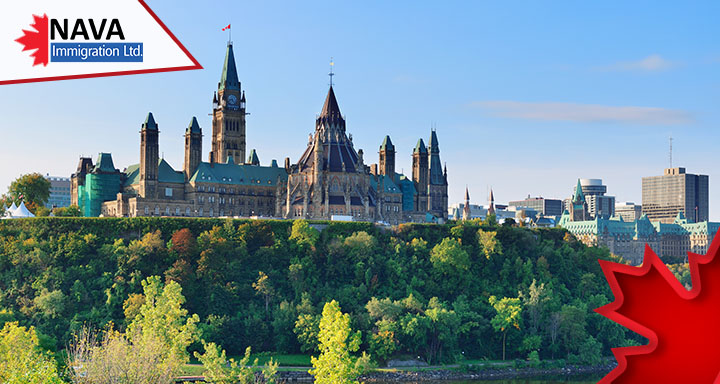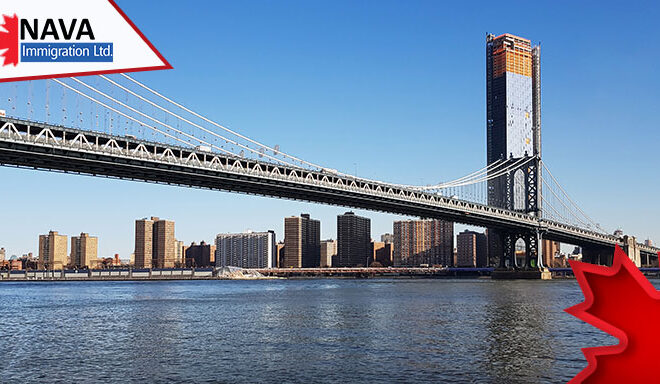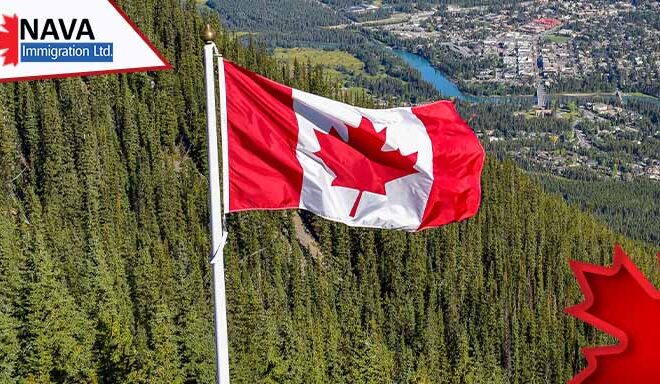Recent Provincial Nomination Results for BC, PEI & Saskatchewan
Canada’s three provinces, including British Columbia, Prince Edward Island, and Saskatchewan, recently invited candidates under the provincial nomination between 13-27 October. Discover the PNP results for BC, PEI & Saskatchewan given below and see the total number of invited candidates and the minimum required score for each.
In a PNP, i.e., Provincial Nominee Program, nearly all provinces and territories in Canada are authorized to invite a specific number of candidates in order to apply for provincial nomination to settle in the nominating province. Quebec and Nunavut are the only exceptions to this.
PNP results for BC, PEI & Saskatchewan October 13-27
This section will outline the PNP results for BC, PEI & Saskatchewan. The draws occurred between 13-27 October.
British Columbia (BC)
British Columbia issued over 152 nominations under the BC PNP on October 17 in four separate draws.
Among the four, the largest draw was a general draw in which no specific occupation was targeted. In this draw, candidates from three streams were considered, including the Skilled Worker, International Graduate, and Entry-Level and Semi-Skilled Streams.
The minimum Skills Immigration Registration System (SIRS) score for these streams is as follows:
- Skilled Workers needed a 111 score.
- International Graduates needed a 113 score, and
- Entry-Level Semi-Skilled candidates needed a score of 91.
The rest of the three draws considered skilled workers and International Graduates who had work experience in specific professions. All candidates required a minimum SIRS score of more than 60. The following are the number of candidates in each profession:
- 31 Early Childhood Educators and Assistants
- 17 Healthcare workers
- Less than five candidates from other priority occupations
On October 24, BC also conducted four targeted draws in which it nominated candidates from the International Graduate and Skilled Worker streams.
In the largest draw, the province invited 101 candidates skilled in tech professions. The minimum required score for candidates to be eligible in this draw was 90.
The remaining three draws were identical to the earlier week’s draws in which BC invited the following number of candidates from the targeted stream.
- 34 Early Childhood Educators and Assistants
- 22 Healthcare professionals
- Less than 5 candidates from other priority occupations
Candidates required a minimum score of 60 to be eligible for these draws.
Prince Edward Island (PEI)
The province of Prince Edward Island (PEI) conducted its provincial nomination draw on October 19 under the PEI PNP.
It invited 102 candidates from the Labour and Express Entry categories.
The province considered candidates in this draw if they were critical workers and had Express Entry invitations who were employed under the PEI Employer. Also, they must have a minimum Expression of Interest (EOI) score of 55.
In addition, two candidates also received invitations from PEI under the Business and Entrepreneur stream. They needed a minimum EOI score of 80.
Notably, PEI has invited a total of 2,464 candidates within the last twelve months under the Labour and Express Entry Stream. This accounts for 97% of overall invitations.
Saskatchewan
Recently, Saskatchewan conducted its PNP draw on October 23, in which it issued a total of 99 invitations to eligible candidates. This draw was its first draw since August. the province targeted two categories in this draw,
the Occupations-in-Demand category and the Express Entry category.
It invited 40 candidates from the Occupations-in-Demand category and 59 candidates from the Express Entry category.
Both draws were aimed at specific National Occupation Classification (NOC) codes, and all candidates were needed to undergo Educational Credential Assessments. To be eligible for this draw, all candidates needed a lowest score of 84.
IRCC Policies for the Allocations under the Provincial Nominee Program (PNP).
Canadian immigration department IRCC and the provinces share the Immigration Responsibility.
IRCC specifies a particular number of nominations to each province every year, and the provincial government utilizes this allocation to nominate the candidates. Under PNP, the provincial government nominates candidates who are highly likely to establish themselves within the nominating province. The provincial nominee program is only applicable to the candidates of the economic class.
Recently, IRCC issued the PNP policies that determine the ways it allocates the total nominations to every province that uses PNP.
Typically, the department considers the population of the province, the total number of immigrants who come to the province every year, and the retention rate.
Furthermore, IRCC takes into account the recommendations from the provinces and territories to understand their economic as well as immigration needs in a better way and adjust the total nominations per province accordingly.
Implementing these policies has helped the department in setting the first multi-year levels plan for the provincial Nomination Program.
Prior to this, IRCC used to issue provincial allocations a year in advance, which poses challenges for the province in planning its infrastructure, including housing, healthcare, and settlement services.
Notably, in the Immigration Levels Plan, the PNP accounts for the largest share of economic immigration targets. This immigration plan summarizes the number of new PRs the country desires to welcome over the coming three years.
The targets for the immigration level plan 2023-2025 are the highest immigration targets in the history of IRCC, with as many as 500,000 immigrant entries overall. This includes 117,000 PNP entries annually by the conclusion of 2025.
PNP-specific Express Entry draw
IRCC conducted a PNP-specific Express Entry draw for candidates who had a provincial nomination. The draw occurred on October 24, in which 1,584 candidates were invited with a minimum CRS score of 77.
Since May, this was the first Express Entry PNP-only draw, the same time when IRCC also held the program-specific draw.
Notably, the required Comprehensive Ranking System (CRS)
the score is generally greater as compared to other draws. This is due to the fact that Express Entry candidates who obtain a provincial nomination under an enhanced nomination are awarded an extra 600 CRS points automatically. These points are generally more than the average CRS score for most candidates.





